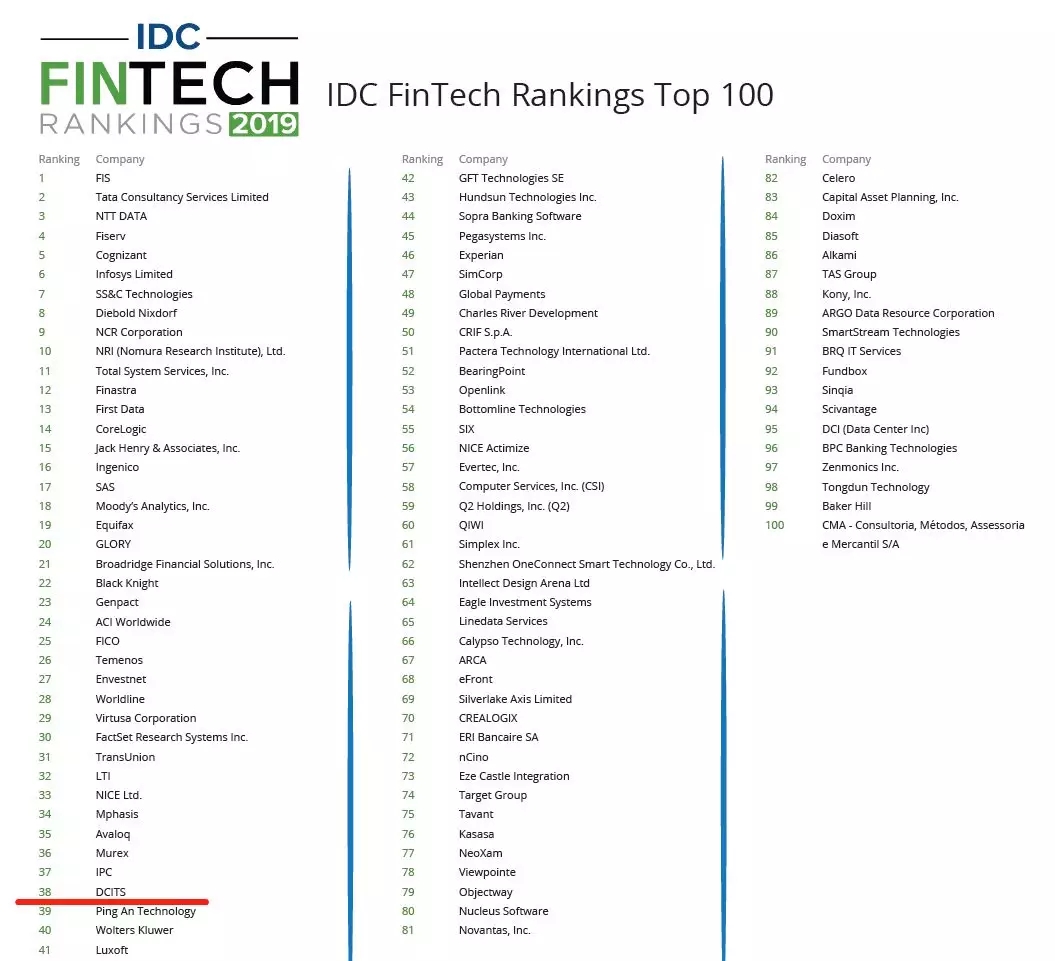Unlocking Financial Insights: A Comprehensive Guide to doubtful loan classification for Smarter Lending Decisions
In the ever-evolving landscape of finance, understanding the nuances of doubtful loan classification is crucial for lenders and borrowers alike. As financia……
In the ever-evolving landscape of finance, understanding the nuances of doubtful loan classification is crucial for lenders and borrowers alike. As financial institutions strive to mitigate risks and enhance their lending strategies, the classification of doubtful loans has emerged as a pivotal factor in determining loan viability and borrower reliability. This detailed guide aims to explore the intricacies of doubtful loan classification, shedding light on its significance, methodologies, and implications for both lenders and borrowers.
#### Understanding doubtful loan classification
At its core, doubtful loan classification refers to the categorization of loans that exhibit signs of potential default. These loans are typically characterized by late payments, declining credit scores, or other indicators that suggest the borrower may struggle to meet their financial obligations. By classifying loans as doubtful, lenders can take proactive measures to manage their risk exposure and make informed decisions about loan restructuring, collections, or even foreclosure.
#### The Importance of doubtful loan classification
The significance of doubtful loan classification cannot be overstated. For lenders, accurately identifying doubtful loans is essential for maintaining a healthy loan portfolio. It allows institutions to allocate resources effectively, ensuring that they can respond to potential defaults before they escalate into more significant financial losses. Moreover, this classification aids in compliance with regulatory standards, as financial institutions are often required to report on the quality of their loan portfolios.
For borrowers, understanding their loan classification can provide valuable insights into their financial health. If a borrower finds their loan classified as doubtful, it serves as a wake-up call to reassess their financial situation and take necessary actions to improve their creditworthiness. This could involve creating a budget, seeking financial counseling, or negotiating with lenders for more favorable terms.

#### Methodologies for doubtful loan classification
Various methodologies exist for classifying loans as doubtful, each with its own set of criteria and indicators. Common approaches include:
1. **Credit Scoring Models**: Many lenders utilize credit scoring models that analyze a borrower's credit history, income, debt-to-income ratio, and other financial metrics. A low credit score may trigger a classification of the loan as doubtful.
2. **Payment History Analysis**: Lenders often review a borrower's payment history to identify patterns of late payments or defaults. A history of missed payments can lead to a loan being classified as doubtful.

3. **Financial Ratios**: Key financial ratios, such as the loan-to-value ratio and debt service coverage ratio, can provide insights into a borrower's ability to repay the loan. Ratios that indicate financial strain may result in a doubtful classification.
4. **Economic Indicators**: External economic factors, such as unemployment rates and market trends, can also influence loan classification. A downturn in the economy may increase the likelihood of borrowers defaulting on their loans, prompting lenders to classify more loans as doubtful.
#### Implications of doubtful loan classification
The implications of doubtful loan classification are far-reaching. For lenders, it may necessitate a reevaluation of lending policies and risk management strategies. Institutions may need to increase their loan loss reserves to account for potential defaults, impacting their overall profitability.

For borrowers, being classified as doubtful can have immediate consequences, such as higher interest rates, stricter loan terms, or even denial of future credit. It is essential for borrowers to be proactive in managing their finances and communicating with their lenders to avoid such classifications.
### Conclusion
In conclusion, doubtful loan classification is a critical aspect of the lending process that impacts both lenders and borrowers. By understanding its importance, methodologies, and implications, stakeholders can navigate the complexities of the financial landscape more effectively. Whether you are a lender seeking to refine your risk management strategies or a borrower aiming to enhance your financial stability, grasping the concept of doubtful loan classification is essential for making informed decisions in today’s dynamic economic environment.